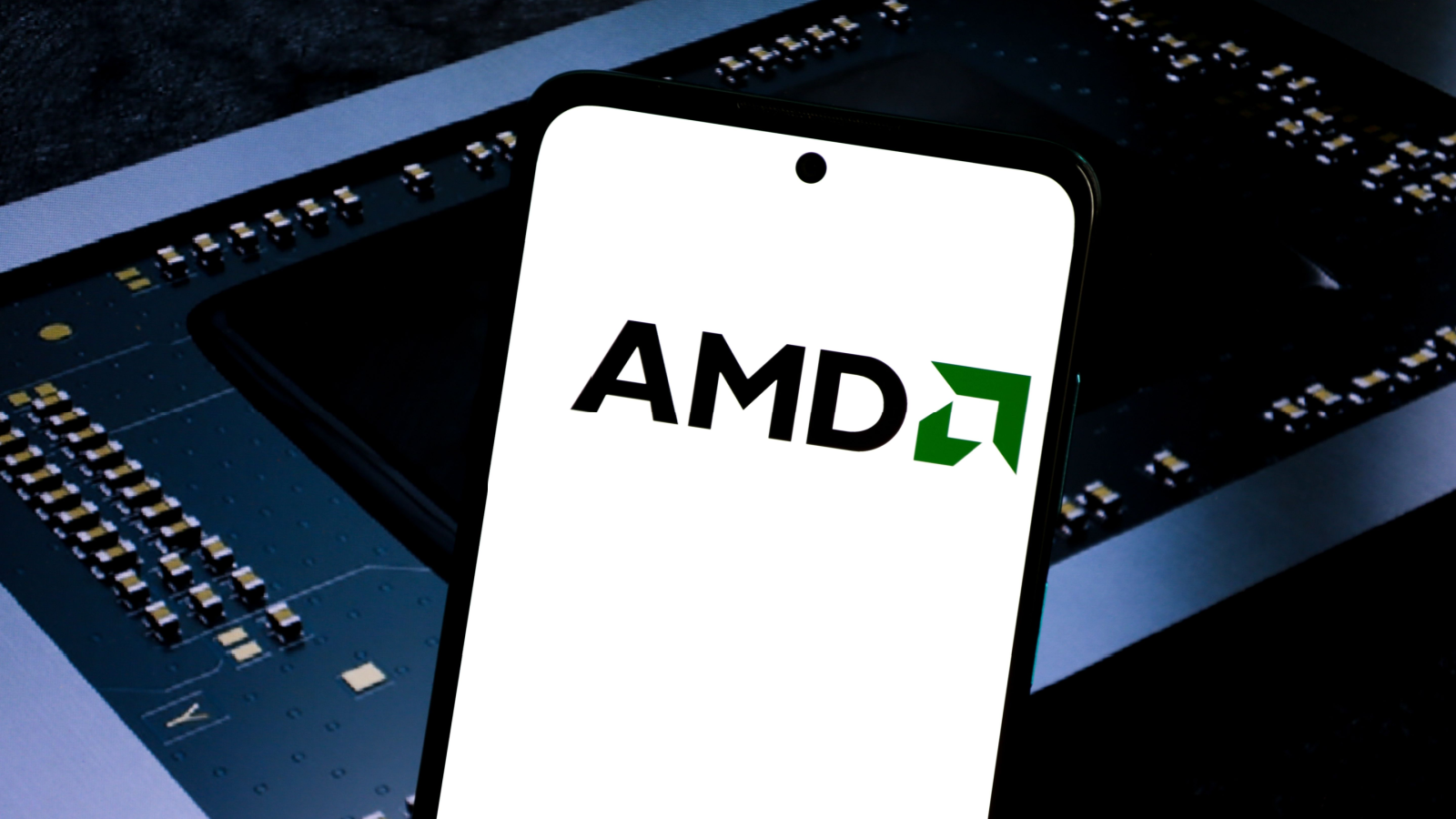Confidence in AI Market Competition
Despite being considered an underdog in x86 CPUs and discrete GPUs, Advanced Micro Devices (NASDAQ: AMD) demonstrates confidence in its ability to compete in the AI chip market cost-effectively.
While its older models are energy-intensive, they remain cost-effective. AMD’s revenue experienced a 4% decline in 2023, with tightened margins and a 24% drop in EPS. However, analysts anticipate a significant upturn in 2024, with projected revenue and adjusted EPS surging by 14% and 37%, respectively. This growth is attributed to strong PC sales and the introduction of Instinct GPUs tailored for AI applications.
Despite optimistic forecasts, AMD’s stock trades at high multiples of 57-times ahead earnings and 12-times sales, indicating lofty expectations from investors.
Imminent Release of AMD Zen Processors
The recent BIOS release by Asus hints at the imminent launch of AMD’s Zen 5 processors, suggesting a closer release timeline than previously anticipated. The advancement in the Zen 5 CPU’s BIOS signifies progress in its development stages.
The firmware upgrade alludes to the nearing availability of Zen 5 CPUs, boasting support for up to 256GB of DDR5 RAM. However, given its beta status with significant changes, caution is advised for most users. AMD confirmed the release date for Zen 5 in the second quarter of 2024, with a potential launch in Q3.
While conflicting reports suggest a Q3 or Q4 commencement for Zen 5’s mass production, Asus’s developments mark a positive trajectory. The unveiling of next-generation Ryzen CPUs may coincide with Computex in June. Intel’s (NASDAQ: INTC) potential delay with Arrow Lake processors could pose challenges against Zen 5, anticipated for late 2024 or early 2025.
AI Chip Market Dynamics
Following Nvidia’s (NASDAQ: NVDA) lead in recent months, AMD’s stock performance has lagged behind. Despite AMD’s 20% year-to-date stock increase, Nvidia’s stock has fluctuated significantly, impacting market perceptions. Nvidia’s advancements in AI chip technology, particularly the Blackwell GPU, are expected to further solidify its position in the high-end market segment.
While AMD offers competitive pricing, its AI chip alternatives currently lack the efficiency to compete effectively. This disparity underscores the need for continued technological advancements to enhance AMD’s market competitiveness.
Looking back, AMD’s remarkable growth under CEO Lisa Su’s leadership is evident, with stock gains exceeding 6,300% since 2014. The evolution of conceptual AI, spanning servers, PCs, and mobile devices, intensifies competition among industry players like AMD, Intel, Samsung, ARM Holdings, Apple, and Microsoft, especially in GPU innovation.
In anticipation of fiscal 2025, analysts project AMD’s net income to surpass \(5 per share, with optimistic forecasts exceeding \)8.30. With a favorable ahead P/E ratio under 22, the outlook remains positive amid the ongoing Artificial PC boom.
Under CEO Lisa Su’s guidance, AMD continues its upward trajectory, positioning itself as a formidable contender in the market despite challenges from industry giants like Nvidia and Intel.
Embracing AI Advancements
The advent of ChatGPT has unlocked boundless possibilities for AI applications across various industries, revolutionizing sectors from medicine to finance with cutting-edge research and development. The surge in AI innovation underscores the necessity to address existing infrastructure limitations, particularly in CPU-centric systems struggling to handle complex AI tasks efficiently.
Major enterprises and cloud providers like Microsoft (NASDAQ: MSFT) Azure and Google Cloud are transitioning towards energy-efficient servers, favoring Nvidia’s GPUs for AI workloads.
AMD’s MI300x aims to deliver comparable benefits, aligning with Deloitte’s projection of generative AI chip market value exceeding $50 billion by 2024. Both Nvidia and AMD anticipate significant growth opportunities in this sector, eyeing a market worth hundreds of billions.
CEO Lisa Su anticipates AMD’s next-gen AI chips to drive \(3.5 billion in sales by 2024, with the market value projected to reach \)45 billion by then and soar to $400 billion by 2027.
Note: The opinions expressed in this article are solely those of the writer, Chris MacDonald, and do not reflect any direct or indirect roles in the stocks mentioned. Chris MacDonald’s extensive experience in commercial banking and venture capital, coupled with his investment expertise, contributes to his conservative, long-term investment approach.










